No products in the cart.
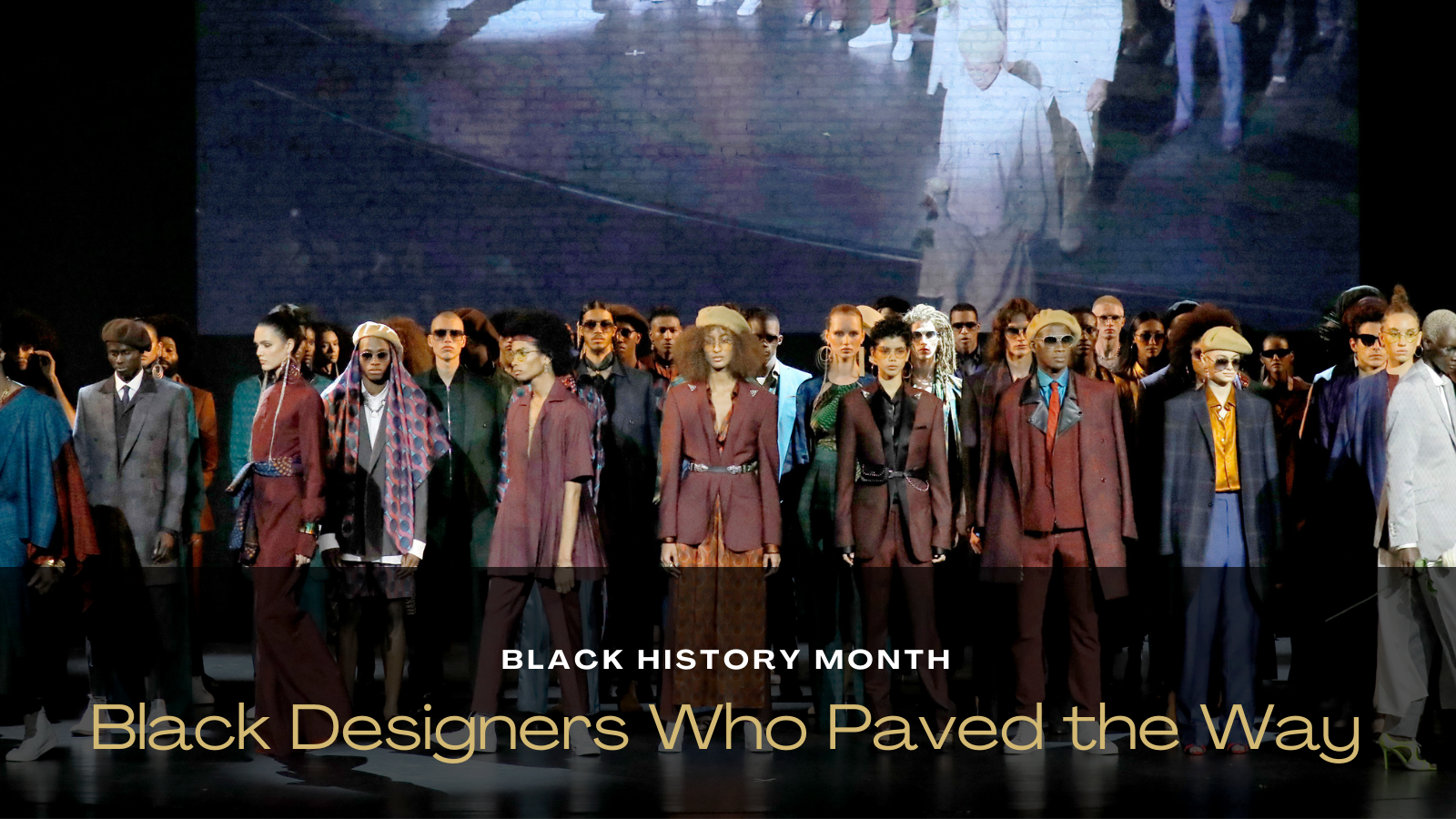
In honor of Black History Month, we are paying homage to the Black designers who have paved the way in fashion over the last few centuries. Sewing and tailoring have been a part of Black culture for hundreds of years, and while many of these pioneers unfortunately did not receive credit for their talents in their day, we can honor them now and recognize their invaluable contributions to the fashion industry as they always should have been. Let’s take a look at some of the greats by first throwing it back to the beginning of fashion as we know it today.
Elizabeth Keckley
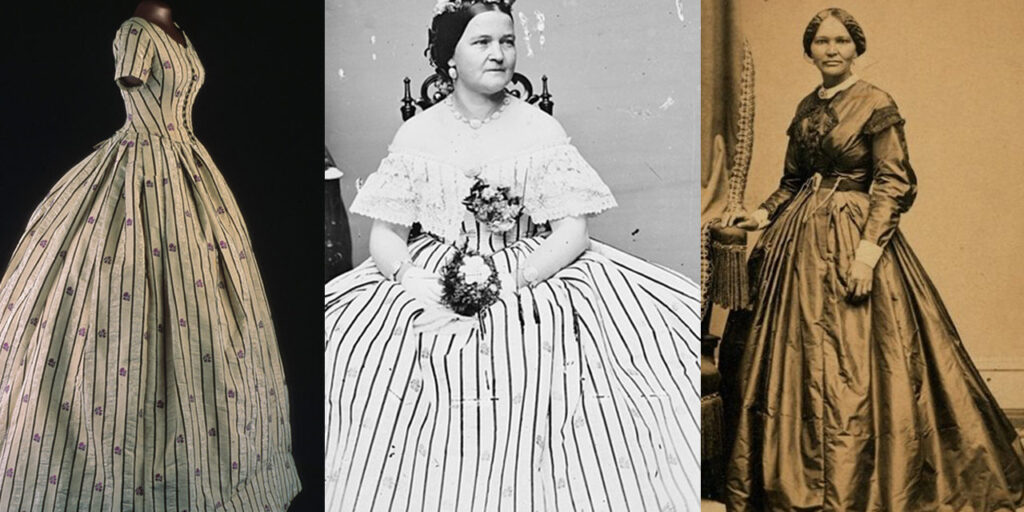
Source: Fashion History Timeline
Born in 1818, seamstress Elizabeth Keckley would use her finely crafted designs to buy her rightfully-owed freedom from slavery, and would later use money loaned to her by wealthy clients to buy her son’s freedom. Her skills became so well-known that she was introduced to First Lady Mary Lincoln Todd and designed a number of her dresses moving forward. In 1892, she became head of the Department of Sewing and Domestic Science Arts at Wilberforce University, and a number of her designs can be seen on display at the Smithsonian’s American History Museum.
Ann Lowe
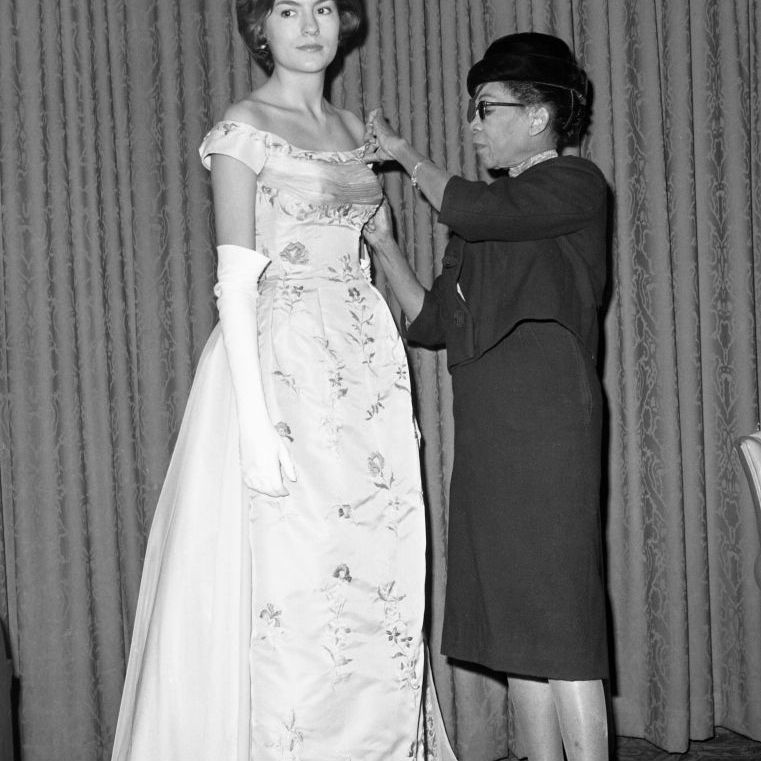
Source: Brides Magazine
Born in Alabama in 1898, Ann Lowe learned dressmaking skills from her mother. She created ball gowns for the First Lady of Alabama as her first job, and went on to design for high society New Yorkers such as the Rockefellers and the Roosevelts as “society’s best kept secret”. The biggest job of her career was to design Jackie O’s wedding gown, but unfortunately, she did not receive the recognition she deserved. A few years later in 1968 she would redeem her reputation by becoming the first Black woman to own a store on Madison Avenue.
Willi Smith

Source: W Magazine
After dropping out of Parsons and a short stint as a designer for Digits Sportswear, Willi Smith moved on to create his WilliWear line in 1976 where he would become the first designer to house womenswear and menswear under the same brand. He is also known as a “streetwear pioneer” for his combination of relaxed sportswear and detailed tailoring. Using his home of New York as inspiration for the beautiful colors and fabrics he would create with, Smith made his designs with the wearer in mind and as a result they were often quite affordable.
Stephen Burrows
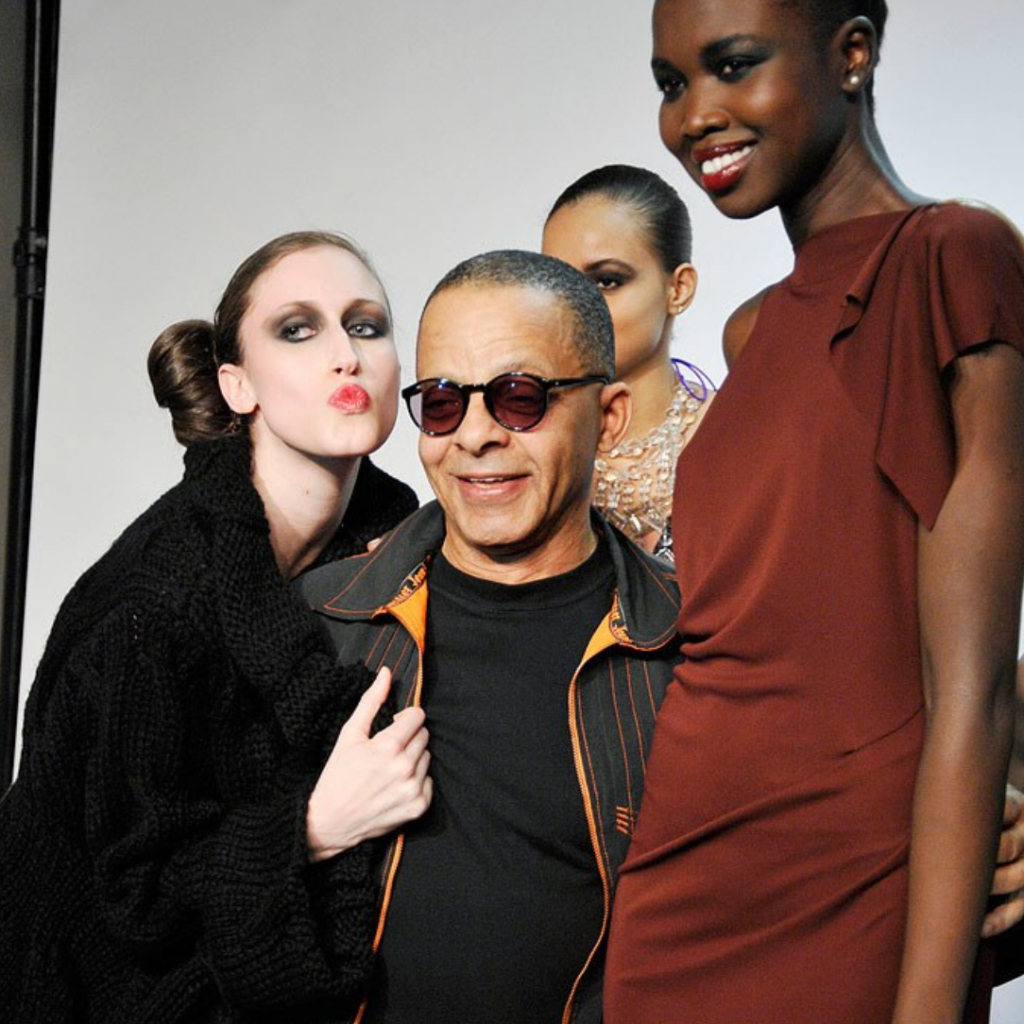
Source: ProtoChic
One of the first African-American designers to gain international recognition, Stephen Burrows designs would go on to define American fashion in the 1970s with its bold and colorful Studio 54 inspiration. Known for his slim-fitted jersey dresses with a “lettuce hem” (Burrows’ trademark), the Stephen Burrows World collection was displayed at an atelier created by Henri Bendel, which ultimately launched his career. He was later chosen to represent America alongside designers Bill Blass, Halston, and Anne Klein in France for a face-off among French couturiers known as the Battle of Versailles. His collections can still be seen on runways during Fashion Week to this day.
Sean “P Diddy” Combs
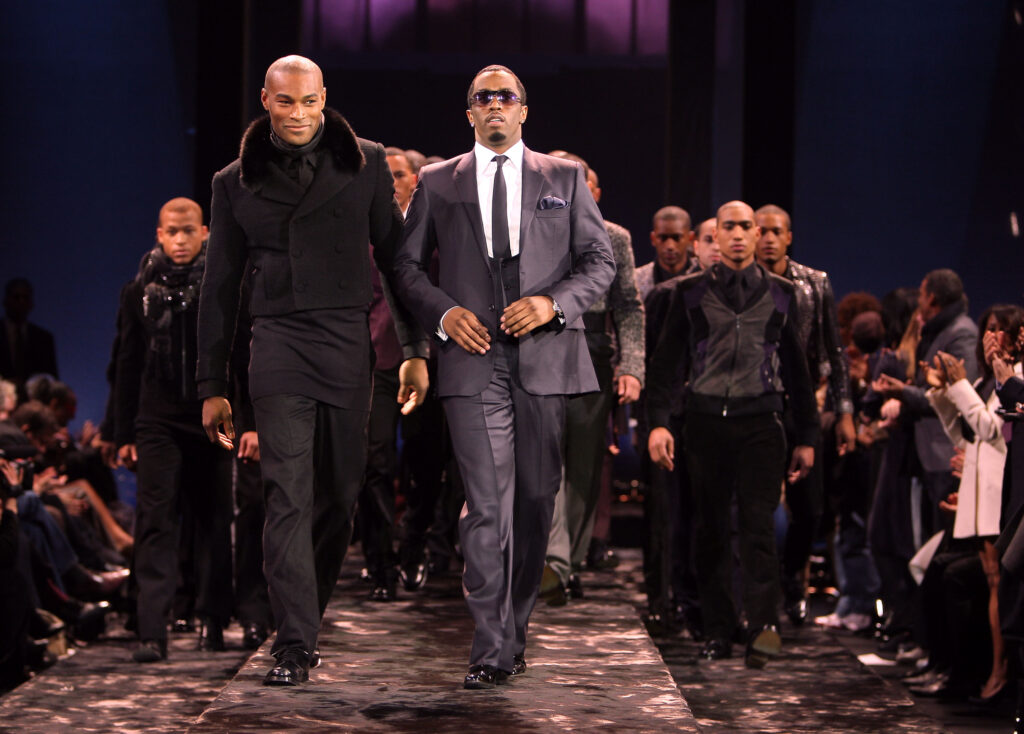
Source: Scott Gries/Getty Images for IMG
Known for his music first, Sean “P Diddy” Combs would change the industry with his multicultural and diverse fashions under the label Sean John, which launched in the late 90’s at the height of his career. Before social media and influencer marketing existed, Combs took advantage of his fame and was often seen wearing his own designs during public appearances. In 2001 he held the first nationally televised runway show, and in 2007 was the recipient of CFDA’s Menswear Designer of the Year award.
Oswald Boateng
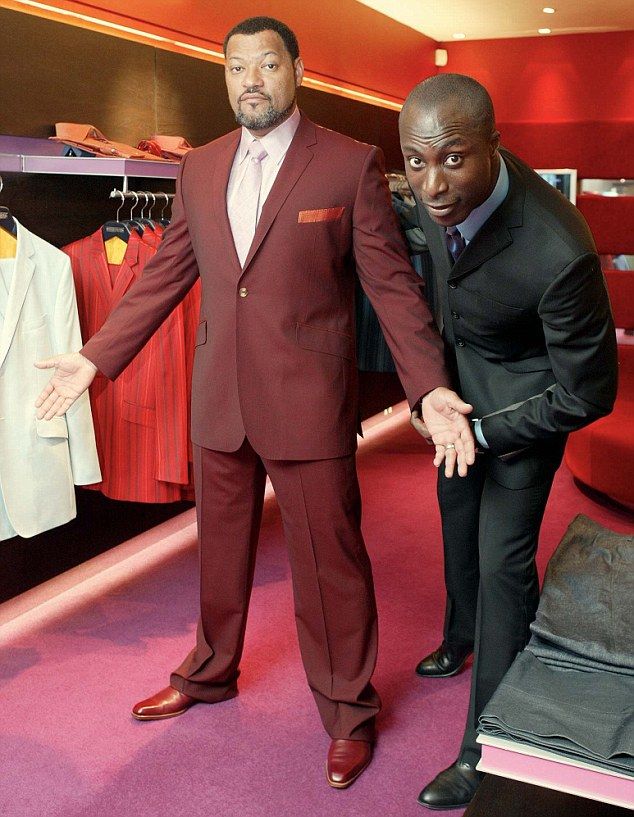
Source: DailyMail UK
Inspired by his father’s immaculate suits as a child, British designer Oswald Boateng was forever changed when he got his first suit at age eight. After a summer job sewing linings into suits and receiving high praise for clothes he designed for a fashion show in high school, he knew it was something he needed to pursue. In 1994, he would become the first tailor to have a show during Paris Fashion Week, and one year later opened a store on the famed Saville Row in London where he was the only Black-owned store. In 2004, Boateng was named Creative Director of Menswear at Givenchy where he remained for three years before leaving to focus on his own brand.
Kimora Lee Simmons
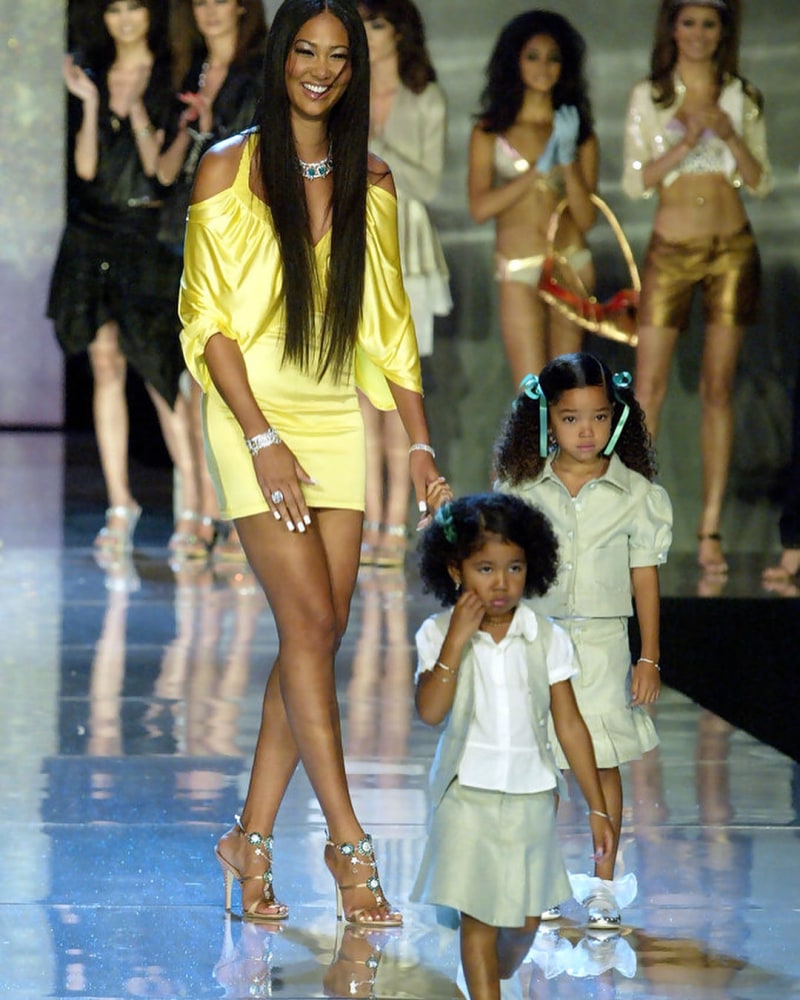
Source: Fashion Network
Known first for her successful modeling career and as muse of fashion house Chanel, Kimora launched Baby Phat in 1999 under the Phat Farm label which was started by her husband, music mogul Russel Simmons. Upon its inception, she gave women a much-needed voice in the streetwear industry and became one of the first Black women to run a billion-dollar company. Her collection featured fashions iconic of the aught era—mini skirts, low rise jeans, and slinky crop tops, all donning the curvy cat logo the brand is known for.
Victor Glemaud
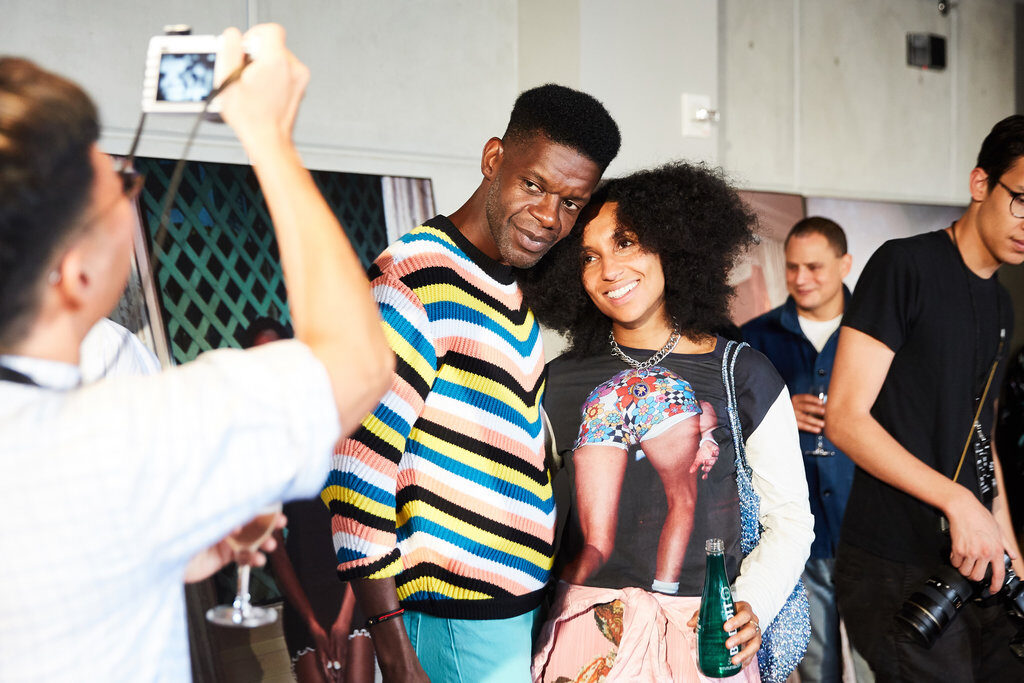
Source: New York Times
Born in Haiti and raised in New York, Victor Glemaud attended FIT and upon graduation worked as a fashion publicist, as well as Assistant Designer to designer Patrick Robinson. After moving to Paris, he eventually became Studio Director for Paco Rabanne under his mentorship with Patrick, who was the Art Director for Paco Rabanne at that time. After the success of launching his own menswear collection, he moved back to New York where he also worked for some time as Style Director for Tommy Hilfiger. After leaving the world of fashion for many years and traveling the world, Glemaud returned to the industry in 2006 to design under his own label where he delivers beautifully colorful knit sweaters that have now become his trademark.
Stella Jean
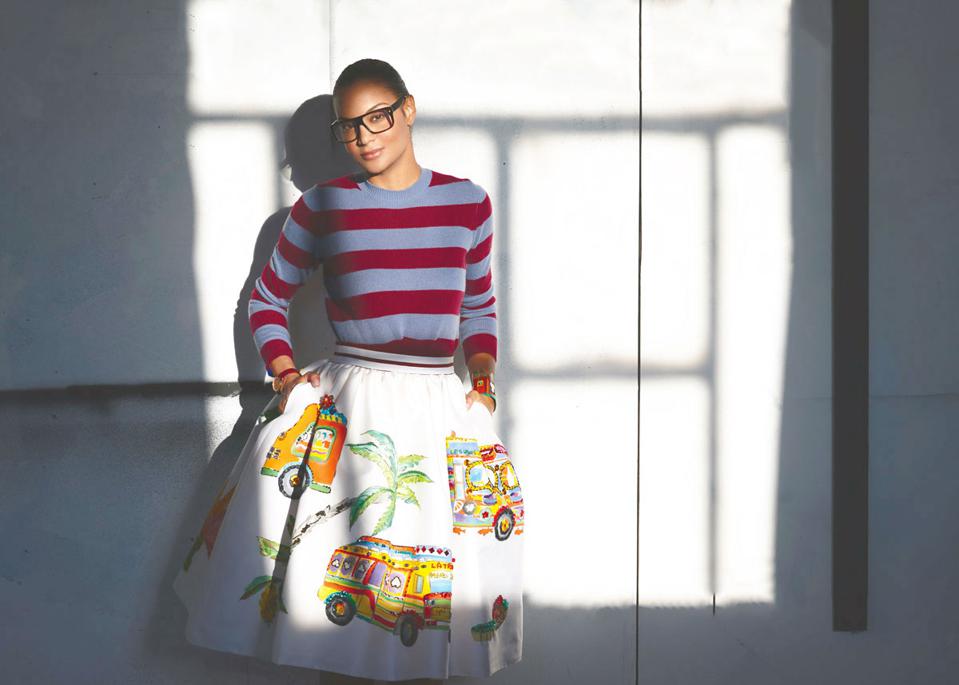
Source: Forbes
Stella Jean was raised in Rome in a multicultural family of partial Haitian descent, which she credits as a reason for her success — her ability to combine different cultures into unique and one-of-a-kind pieces. In 2011, she won Vogue Italy‘s “Who Is On Next?” competition, and in 2014 her collection was showcased by Giorgio Armani at the Armani theatre in Milan, making her the first womenswear designer to present in this iconic space. To this day, she is known for inviting craftsmen and artisans to sit front-row at her shows, as a way to honor the people who made it all possible. In 2014 she was invited by the UN International Development Organization to join an ethical fashion program, and is also a member of the Italian Chamber of Fashion—its only member of Afro-European background.
These are only a few of the amazing Black designers who have left a mark on the fashion industry, but there are so many more. Share your favorites with us by tagging @officialmidwestfashionweek on Instagram!
